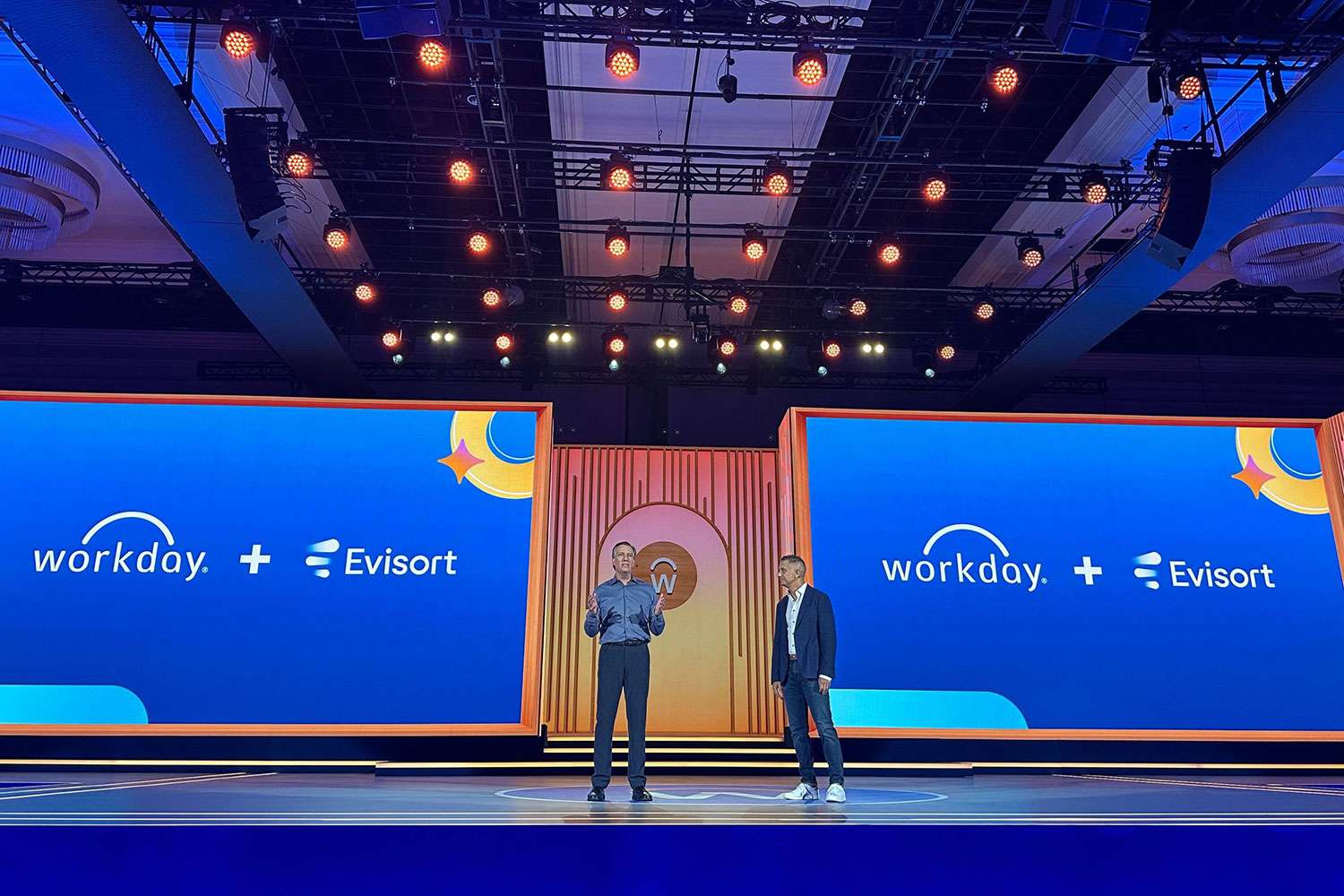Cloud Migration with AWS DMS: Everything You Need to Know

The AWS Database Migration Service (AWS DMS) tool simplifies the process of migrating a database to the Amazon Web Services cloud environment. This, in turn, confers important benefits to any major system cloud migration project.
The most important task in migrating an enterprise business system, such as Oracle or PeopleSoft, is migrating the database that stores transactional data, master data, and system configuration information. The database migration typically requires more planning, resources, and time than the other migration activities.
For most enterprise systems, the database resides on a separate server or group of servers from those running the application. Most migrations involve a single database platform but they can include more than one. Depending on business needs, multiple source databases may or may not be consolidated into a single target platform.
What is AWS Database Migration Service?
The traditional, manual approach to migrating databases becomes even more complex when migrating from one database platform to another or when consolidating multiple database platforms.
The AWS Database Migration Service (AWS DMS) removes much of the manual work and reduces the complexity of cross-platform database migration.
This article discusses several challenges inherent in database cloud migrations and how ERPA uses AWS DMS to address them for clients’ system cloud migration projects.
5 Ways AWS DMS Eases Cloud Migration Complexity
A typical cloud migration project will encounter challenges before, during, and after the migration. The main challenges, all of which can be addressed by the AWS Database Migration Service (AWS DMS), include the following:
1. Project Scoping and Needs Analysis
Migrating to the cloud can involve a complex, interdependent set of activities and tasks. Proper scoping of the project requires a detailed understanding of what needs to be done, by whom, and in what order. This, in turn, requires the project team to have:
- A full picture of the current state of the system, including the application and database environments;
- The desired future state, including any new system modules, and upgrades from the current state, and database platform changes or consolidation;
- The architecture of the cloud environment, including compute resources, database environment, and storage resources.
Armed with this information, the project team can estimate the level of effort, timeline, and budget for the migration project and determine the expertise needed to accomplish each task.
AWS DMS can help simplify this process by reducing the complexity of the tasks involved with migrating the databases to the cloud environment.
Using AWS Database Migration Service (AWS DMS) and working with partners like ERPA can reduce both the time and cost associated with the project.
2. Data Categorization and Management
One of the most difficult tasks in a system migration is understanding the current data environment and planning its migration to the target environment. What database platforms are involved? What kinds of data are stored in each one? What kinds of servers are used? How should the current architecture be mapped to the cloud architecture?
Because databases for enterprise business systems tend to be large and complex, the task of mapping every table and field from the source database(s) to the target can be laborious, time consuming, and error prone. AWS DMS automates much of this task.
Its Fleet Advisor feature automatically assesses the current environment, identifies potential migration paths, and implements conversion tools to convert the current database schema to the target schema. The result is a great reduction in the manual data categorization and management task.
3. Managing Resource Constraints
A complex migration project involving different source and target database platforms or consolidation of multiple platforms on a single target platform requires expertise in each platform to design, develop, and test the conversion. This expertise comes at a high price and resources may not always be available when needed.
AWS DMS reduces the need for expert resources in each platform because most or all of the cross-platform conversion task is fully automated.
The resulting reduction in resource constraints means the project timeline depends less on the availability of specific resources; furthermore, project costs are reduced because of the reduction or elimination of the experts’ billable hours.
4. Post-Migration Process Change Management
An enterprise business system that has been migrated to AWS still requires ongoing changes, enhancements, and customizations driven by changing business needs, requirements for new functionality, and process improvements.
Often these changes require modifications to the database that must be designed and tested before being promoted to the production environment. AWS DMS can help in this situation as well.
AWS Database Migration Service (AWS DMS) can migrate data from the production cloud environment to a local development environment so that developers can test their changes using real data.
When development is complete, AWS DMS can then migrate any schema changes back to the production environment with little or no downtime. And the migration can be handled cost-effectively as well if you partner with experts like ERPA to assist with the data migration.
5. Ongoing Database Replication
Another post-migration requirement is the need to replicate the production database for various purposes, such as:
- Disaster recovery planning and preparation;
- Building and maintaining a data lake or data warehouse;
- Synchronizing development and test environments with the production environment.
AWS DMS can automate these replication tasks on a periodic or continuous basis so that the replication target environments match the production environment. Manual replication tasks are thereby reduced or eliminated.
Up Your Supply Chain Game with AWS Supply Chain Management
The dedicated features included with AWS Supply Chain can be used in conjunction with the additional products and solutions available within the AWS Supply Chain Management suite of solutions, a part of AWS for Industrial.
ERPA can combine AWS Supply Chain with the powerhouse features available with AWS Supply Chain Management to take your supply chain solutions to the next level.
Here are just a few of the ways that we can apply AWS Supply Chain Management to help solve your supply chain problems:
Amazon Forecast
With the Amazon Forecast application, a sophisticated machine-learning (ML) tool, you can load relevant historical data (sales, web traffic, inventory, and more) and product data into the system, and the tool will analyze the data and choose an appropriate algorithm for forecasting. This algorithm becomes the basis for an artificial intelligence (AI) forecasting model that Amazon Forecast trains and optimizes.
Having accurate forecasts gives you the ability to:
- Identify the raw materials or other items that are most at risk and secure backup sources of supply;
- Optimize inventory levels so you have sufficient inventory to meet your needs without excessive carrying costs;
- Plan the right time and quantity for placing orders for limited shelf-life materials;
- Forecast staffing needs for seasonal surges and lulls in demand.
The trained model can then be used to generate demand forecasts at the individual products and services level or for entire product lines and can break down these forecasts by various attributes such as geography. You can view these forecasts in the Amazon Forecast application or export the data to your enterprise resource planning (ERP), manufacturing resource planning (MRP), or other downstream system.
Amazon Managed Blockchain
Although complex global supply chains have enabled businesses to reduce costs and optimize inventory, they have provided the opportunity for unscrupulous parties to inject lower-quality or even counterfeit materials into the supply stream. It becomes difficult to trace the source of quality and reliability issues because of the sometimes murky relationships with upstream suppliers.
One solution that businesses are starting to leverage is blockchain-based tracking and tracing. Amazon’s Managed Blockchain platform enables your entire supply-chain network to document their transactions in a secure shared ledger, thus providing full transparency and real-time status monitoring.
The benefits of this technology include:
- Greater confidence that your suppliers (and theirs) are behaving ethically;
- Better quality control throughout the supply chain;
- Real-time transport updates;
- Certainty of end-product quality and authenticity;
- Immediate visibility into the source of quality issues;
- And more.
Transportation and Logistics Optimization
Transportation is often among the most fragile links in the supply chain. It can be affected by weather, traffic conditions, vehicle breakdowns, labor issues, and other factors that are out of your control, even if you own or manage the transportation resources.
Even without these influences, it’s tricky to make sure the right personnel and equipment are in the right place at the right time to meet your (or your customers’) transport needs, and that backups are ready to roll if anything goes awry.
Proper logistics planning and optimization requires access to high-volume, detailed data from multiple sources and advanced analytical tools to make sense of it all and inform the right decisions. Numerous AWS services can be brought to bear here:
- Amazon Kinesis Data Streams and Kineses Data Analytics can take in real-time weather and traffic data, process it, and store it in an Amazon Simple Storage Service (S3) resource.
- AWS IoT Greengrass can generate vehicle telemetry data, which can be loaded with Amazon Kinesis Data Firehose.
- In a similar way, data such as driver safety information can be loaded into the system.
- Various database, analytics, and reporting tools can present the right information to the right people.
With all this information available, a solution can be built and customized to predict departure and arrival times, send alerts to drivers and supervisors, meet regulatory requirements, and more.
ERPA + AWS DMS for Seamless Data Migrations to the Cloud
ERPA consultants are experts in migrating enterprise business systems such as PeopleSoft to AWS. As such, we have a deep understanding of the AWS Database Migration Service (AWS DMS) tool and how it can be brought to bear on any system migration project.
In fact, our tool ActiveGenie™ accelerates the data migration process to help clients get migrated faster. Combined with AWS DMS, clients can have a smoother and faster migration experience.
If you are contemplating a migration of one or more of your mission-critical enterprise business systems to AWS, ERPA has the expertise to help you pull it off in the most cost-effective and disruption-free manner.
Let our experts help you plan and execute your migration and show you how AWS DMS can help before, during, and after the migration. Contact ERPA today.































